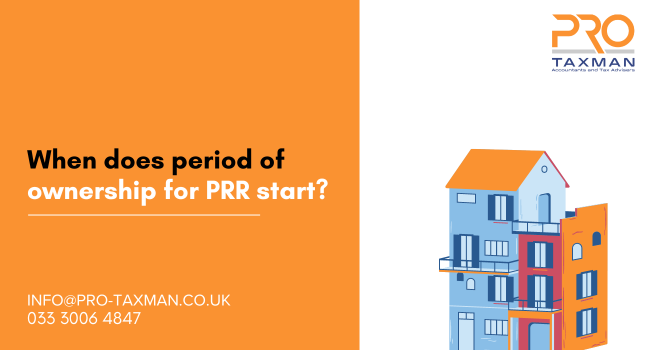Private residence relief (PRR) removes the capital gains tax charge that would otherwise arise on a gain on the disposal of an only or main residence. The relief shelters the gain to the extent that it has been lived in as a main residence. Qualifying periods of absence and the last nine months of ownership are also covered by the relief if the property is not occupied as an only or main residence throughout.
Where a house is built and lived in as a main home until it is sold, establishing the period of ownership for PRR purposes is straightforward. However, what if the taxpayer buys a plot of land, demolishes the existing house and builds a new house in which they live until it is sold? This is precisely the question which was considered by the Upper Tribunal in a recent case in which the taxpayers emerged victorious.
The taxpayers (Gerald and Sarah Lee) purchased a plot of land on 26 October 2010. They demolished the existing house and built a new house in which they lived as their main residence from 19 March 2013 until the house was sold on 22 May 2014. They claimed private residence relief on the full amount of the gain on the basis that they had occupied the new house as their only or main residence throughout the period that they owned the house.
HMRC argued that they need to consider the whole period of ownership from 26 October 2010 to 22 May 2014, not just the period for which the dwelling house was occupied as the main residence. Consequently, only the portion of the gain relating to the period from 19 March 2013 to 22 May 2014 was eligible for PRR as this was the period in which they lived in the new house as their only or main residence. Applying this interpretation, they had amended the Lees’ Self Assessments to show a gain of £541,821 relating to the period from 26 October 2010 to 18 March 2013. The First-tier Tribunal upheld the Lees’ appeal, concluding that for private residence relief, the relevant period of ownership for which occupation as main residence was required was the ownership of the dwelling house. The legislation was silent on ownership of the land.
HMRC appealed to the Upper Tribunal.
The Upper Tribunal upheld the decision of the First-tier Tribunal on the basis that the statutory interpretation of the legislation was that it referred to ownership of the dwelling house not of the land.
Implications
This is a good result for the taxpayer and particularly for self-builders. Applying the reasoning adopted by the First-tier and Upper Tribunals, it would be possible to buy a plot of land which was left empty for some years and then build a house on that land. As long as the house was occupied throughout as an only or main residence, private residence relief would apply to the whole gain.
Need professional accounting service or tax advice? Contact us to book a 15-min Free Consultation with us today.
To find out more please follow us on Facebook, Twitter, or LinkedIn. Feel free to contact us on 0333 006 4847 or request a call back by texting 075 6464 7474

